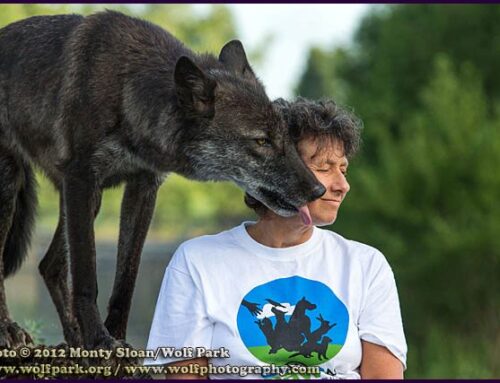When it comes to talking about dog training there is no shortage of debate regarding which methods ‘work’ best. Some people suggest that they all ‘work’ and that we should either take advantage of them all or at least stop arguing about them. I am referring to reward based training vs. what is being called ‘traditional’ training which incorporates punishment (positive punishment for the trainers in the audience), aka ‘corrections’. My biggest gripe with this discussion is that like the word ‘leader’ the word ‘work’ means nothing because it could mean anything. When someone tells me that a training method ‘works’ my question is, “For who?”
Some would say that so long as a technique keeps a dog in a home it ‘worked’. And although it’s an important gauge of success, it’s the lowest rung on the ladder as far as I’m concerned. It may be the first step and a necessary one but the foundation laid is going to determine whether more height is gained. Those gains should include a higher quality of life for both the owner and dog and being routinely subjected to reprimands and physical punishment is not on my list of quality of life goals.
In May of 2012 I hope to bring a group of dog trainers on a volunteer vacation to the islands of Puerto Rico and Vieques where we will offer free or low cost classes to local pet owners. I want the techniques we use to demonstrate TOTALLY force/intimidation-free, non-manipulative training techniques. Even if the use of corrections and physical manipulation ‘work’ to teach dogs new behaviors the more important behavior that needs to be changed is that of the handler.
As a species we humans seem to easily slide down the slope of excess. When given the bag we find it difficult to stop with just one potato chip. Giving the keys to a high tech racing car to a teenager would not be a good idea, the chance of the car being used inappropriately is great. Or because it is a race car, even if it is used as intended it would put the driver and others on the road at risk. We don’t hand sharp knives to toddlers either. The more risk a technique poses the less it should be used by unskilled handlers. It is far too easy for us to become angry or frustrated when faced with noncompliance in a dog. At that point it becomes a challenge to not speak too severely or tug a bit too forcefully.
Showing people how to properly use corrections assumes that the handler is able to correctly assess the reason for the lack of compliance, and I’m not sure many pet owners can do so accurately. Is a dog not sitting because they don’t understand the cue or because their hips ache? Are they peeing on the floor because they have a urinary track infection, are anxious, marking or because they are not housebroken?
Cultural attitudes toward animals are slow to change but I’d like to contribute to the process by showing pet owners in Puerto Rico that dogs learn faster when they are rewarded for doing the right things as opposed to being punished for doing the wrong ones. If you’d like to join me, please let me know. And as a reward you’ll also get to visit a few of my favorite locations including a funky rainforest reserve, Old San Juan, white sand beaches and one of the planet’s most awesome spectacles, a bioluminescent bay.






